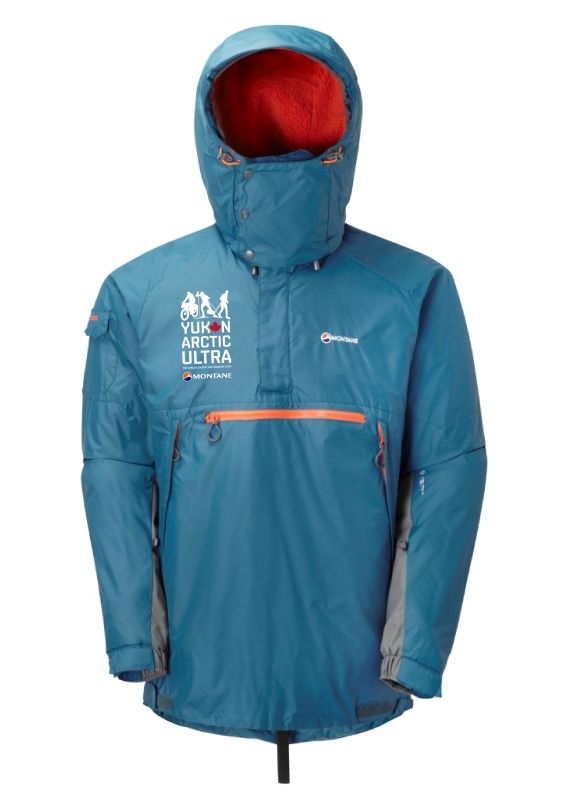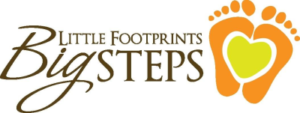
Almost everybody travelling to Canada now needs to apply for an Electronic Travel Authorization (eTA) before the actual journey starts. I recommend going to the eTA Application to apply for your eTA. You will find all information there and the application process is pretty simple. Also, if you go through that website it is only CAD 7.00. If you go through an agency that deals with these kind of services you likely will have to pay a higher fee.
SPOTs at MYAU 2017
In 2017 we will work with SPOT satellite tracking devices again. Because we do have a sufficient number of rental SPOTs available, the SPOT will also be mandatory for the 100 miles!
As with any technology, there are pros and cons. But overall the positive aspects are more than the negative ones. The main reason we have SPOTs is for their 911 function. And thankfully, so far it has only been used a couple of times. The 911 button to us means there is an absolutely life threatening situation. This also means if there is no life threatening situation, IT CAN’T BE PUSHED! Please keep in mind that the cost for a 911 rescue operation can be enormous and it has to be paid by the athlete or his/her insurance. Obviously, if life is at risk it just has to be done. But if you are lost, tired, exhausted or have any other problem that a good rest and common sense can solve, do not push that button.
If a good rest is of no help, there is a button on the SPOT that is called exactly that: „Help“. It is a signal to the race organisation that you do have a problem and want to end your race then and there. But otherwise you are fine and will wait for us to come.
The third function that is great for us and all those following you at home, is the tracking function. If your SPOT has got good exposure to the sky it will send your position to us several times per hour. This will then be updated to a MYAU section on Trackleaders.com.
The cons are that of course sometimes people use the „Help“-button when they really could have solved the problem themselves. Or they decided to use that button rather than going back to a checkpoint. Mind you, if you can’t walk anymore, that’s fine. Push it. But being tired is no reason. Please just take a good rest and decide then. Because if we have to „rescue“ someone who is actually perfectly fine and at the same time something serious happens, it is bad to have resources bound.
Another con is that it’s technology and it does not always work. Usually this is due to not operating the SPOT correctly. But it also may be technical failure. It means we don’t get a signal and people back home start to worry. In most cases race headquarter knows what’s going on, e.g. because we got in-/out times of a checkpoint or just recently had contact with the athlete.
Anyway, over all I would say the safety that SPOT brings to the race make it worth its while.
For 2017 the rental fee (tracking service, shipment and set-up included) is EUR 50/unit. If you bring your own SPOT, the set-up fee is EUR 20/unit. All those of you who bring their own SPOT and did not tell me that already, please email me by end of November.If I have not heard from you I will assume you need a rental unit and I will order one for you.
All athletes who bring their own SPOT please note that you should create and save a separate “Message Contact Profile” for MYAU. Under that contact profile, we recommend you do not include family at home on either type of distress message (Help & SOS) as they may worry when there is nothing to worry about. Inclusion of family on the Check-in /OK message is fine. Within the contact profile you need to define and include recipients for the Check-in / OK message, which in the past has been, “Still smiling” (this is best programmed to send only to email); Custom Message, which has been used for, “I’m taking a bivy” (email only as well); “Help” should be both email and text. SOS has no email option. You program a phone number only. IMPORTANT: There is a notes section for SOS, and it should read like this: “User is part of a human-powered race on the Yukon Quest Trail. If SOS is being transmitted, please phone the primary SOS contact directly, as for the purpose of the race, use of SOS is defined to mean life or death. Race central # (contact = Jo Davies) at 1-867-668-2777. Race director, who will at times be out of cell phone range on trail cell phone = tbc. NOTE: tbc. = Cell for primary Jo Davies.”
You do not want GEOS emergency response center to waste time calling family. You want race central to be the first call. If you are bringing your own SPOT we will need to get your ESN-Number which is in the battery compartment and the URL to your shared link page.
Anyone using a SPOT – both own or rented – please keep in mind that you will need 4x AAA Energizer Lithium Ultimate (model # L-92) to power your device. The batteries are NOT included. Therefore, please bring these to the Yukon with you. Every year there are at least a few athletes who bring the wrong batteries, or partially used batteries. In the extremes of the Yukon, you are certain to experience tracker down time if you gamble on batteries. And the device may not work when you most need it.
Last but not least, if you would like people to see what you look like when they go to the Trackleaders.com page and klick on your bib number, please send Matthew (heymatthewlee@gmail.com) a 150 x 150 pixels very tightly cropped headshot.
DeLorme inReach
If you have a DeLorme inReach you do not have to rent a SPOT. Trackleaders.com can include it on our race tracking map. In order to do so, we need the URL of your shared map. Please email as soon as possible. However, what I can’t tell you is how it works regarding distress messages. If you can set a profile it’s best if you use the same type of settings described above with SPOT. And make sure you have our contact details for getting in touch with text messages. Should you bring your inReach and not need a SPOT please let me know by end of November.
Rescue Missions
Above I already talked a bit about SPOT and rescue. Now I just want to make sure everyone understands that no matter if it’s a „Help“ or a „911“ message, rescues in the winter wilderness of the Yukon will likely not be as quick as you would think. If a „Help“ message is sent or a checkpoint calls us and asks for transportation of an injured athlete from a remote checkpoint, it depends on various factors as to how fast we can be. If for example an athlete is in relative safety at that checkpoint and the weather is extremely cold and it would be a risk to send a ski-doo guide, then it will take as long as there is no more risk. In places like Dog Grave Lake or Ken Lake there may also be the need for air evacuation rather than ski-doo. Depending on the circumstances it can be safer and quicker for a plane to do the rescue there. PLEASE note that air rescue to 100% has to be paid by the athlete!
Also, we try to avoid ski-doo rescue at night. So, if you push the help button in the middle of the night it is very likely that only in the morning you will see us arrive. Even a 911 mission can take hours. And again, if the weather does not permit, there is no air rescue at all. That is also, why it is so important to have basic survival skills, enough food, warm clothes and the right sleeping system.
I will not talk about survival skills or what to do or not to do in serious or dangerous situations. There is a lot of interesting literature on the market and pretty likely you have read at least one of these books already. Or you may have had or will get survival training. In any case, it’s good to be prepared and think about certain scenarios and what you will do.
MYAU Special Edition Montane Extreme Smock

I finally found a company that does high quality prints on functional clothing (as the one I had worked with before went out of business …) So, now I am getting new MYAU Montane Extreme Smocks with our race logo made. It will sell for EUR 150 (RRP is EUR 189.95). If you are interested, please let me know.
Also, I can send in other Montane jackets to get the logo print on there. So, you can order e.g. a Montane Flux Jacket for RRP less 20% and for a charge of EUR 7.50 I can get the MYAU logo on it if you want. Due to seams not all product would work but I can help you in finding out
I will get logo patches made again soon, too.




